Among more than 300 industrial parks (IPs) nationwide, 3 IPs were selected for pilot testing, including Amata IP in Dong Nai . After more than 3 years of implementation, Amata IP has achieved 86% of the score according to the assessment criteria.
In 2020, the Project Management Board under the Ministry of Planning and Investment coordinated with the United Nations Industrial Development Organization (UNIDO) to implement the Project on Deploying Eco-Industrial Parks in Vietnam following the approach from the Global Eco-Industrial Park Program.

Accordingly, the model of building an ecological industrial park aims to achieve four main goals: economic , environmental, social and management. This model is consistent with the National Strategy on Green Growth for the period 2021-2030, with a vision to 2050; Vietnam's commitment to implementing the United Nations' sustainable development goals by 2030; and the commitment to achieving net zero emissions by 2050 at the COP26 Conference.
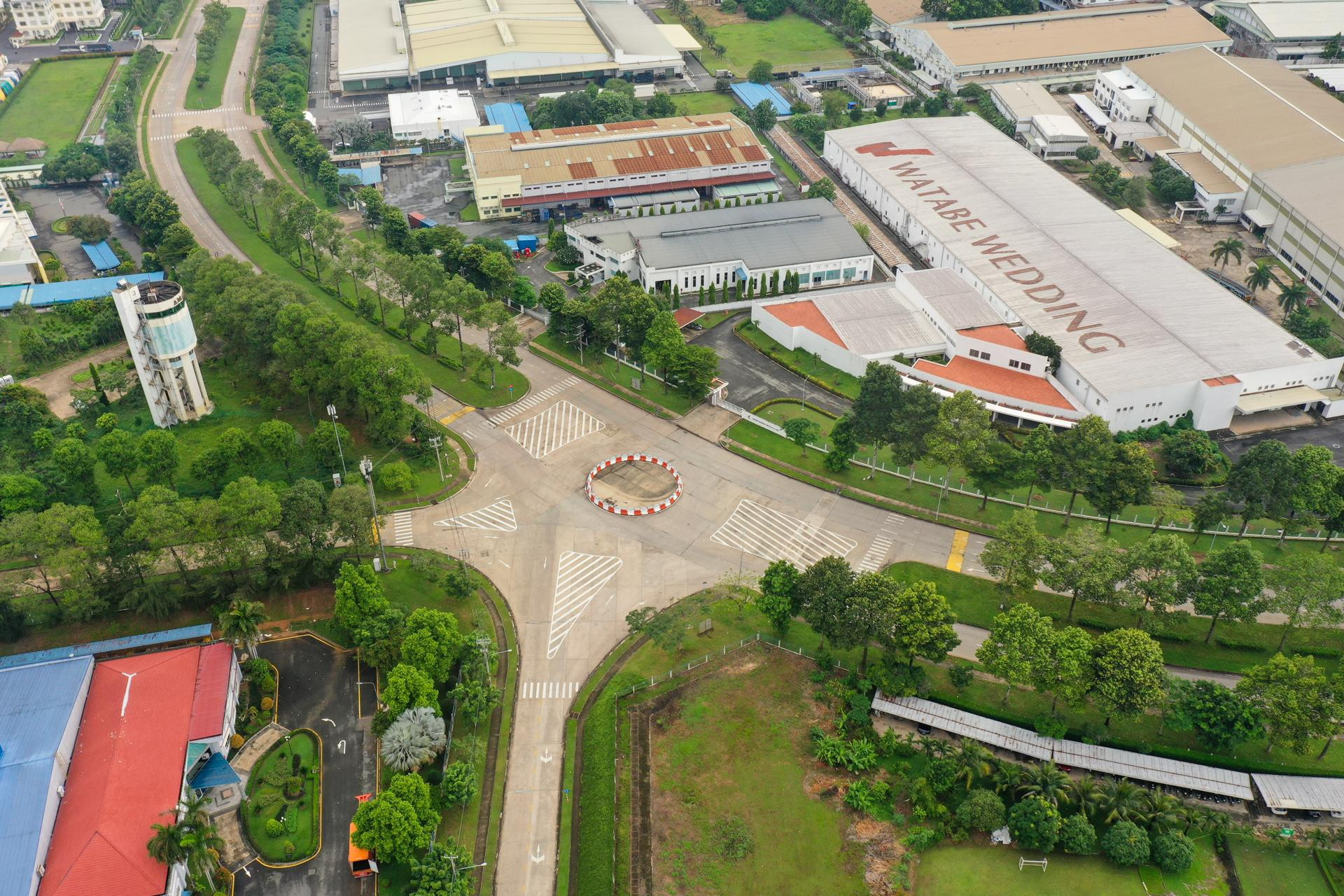
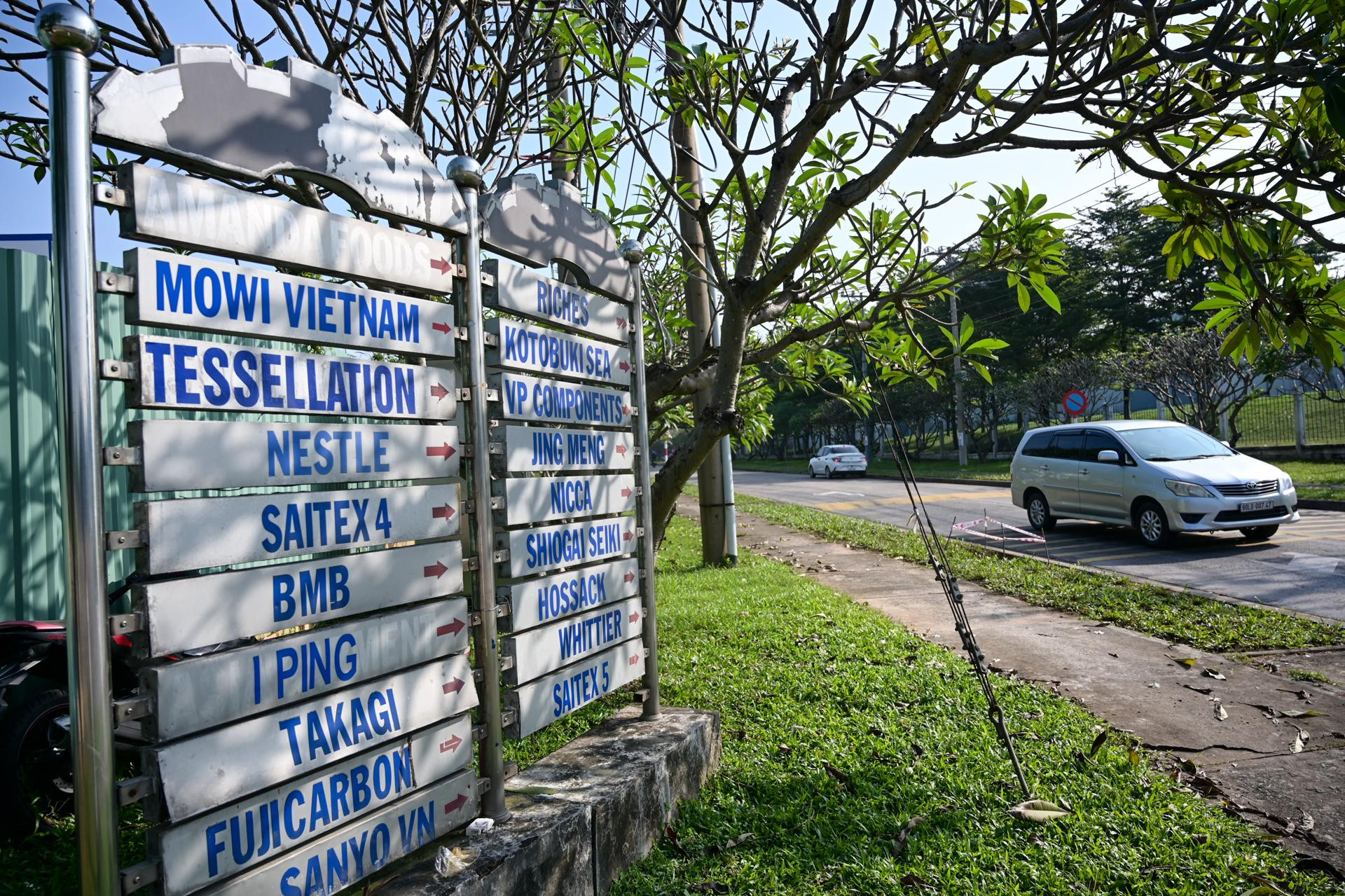
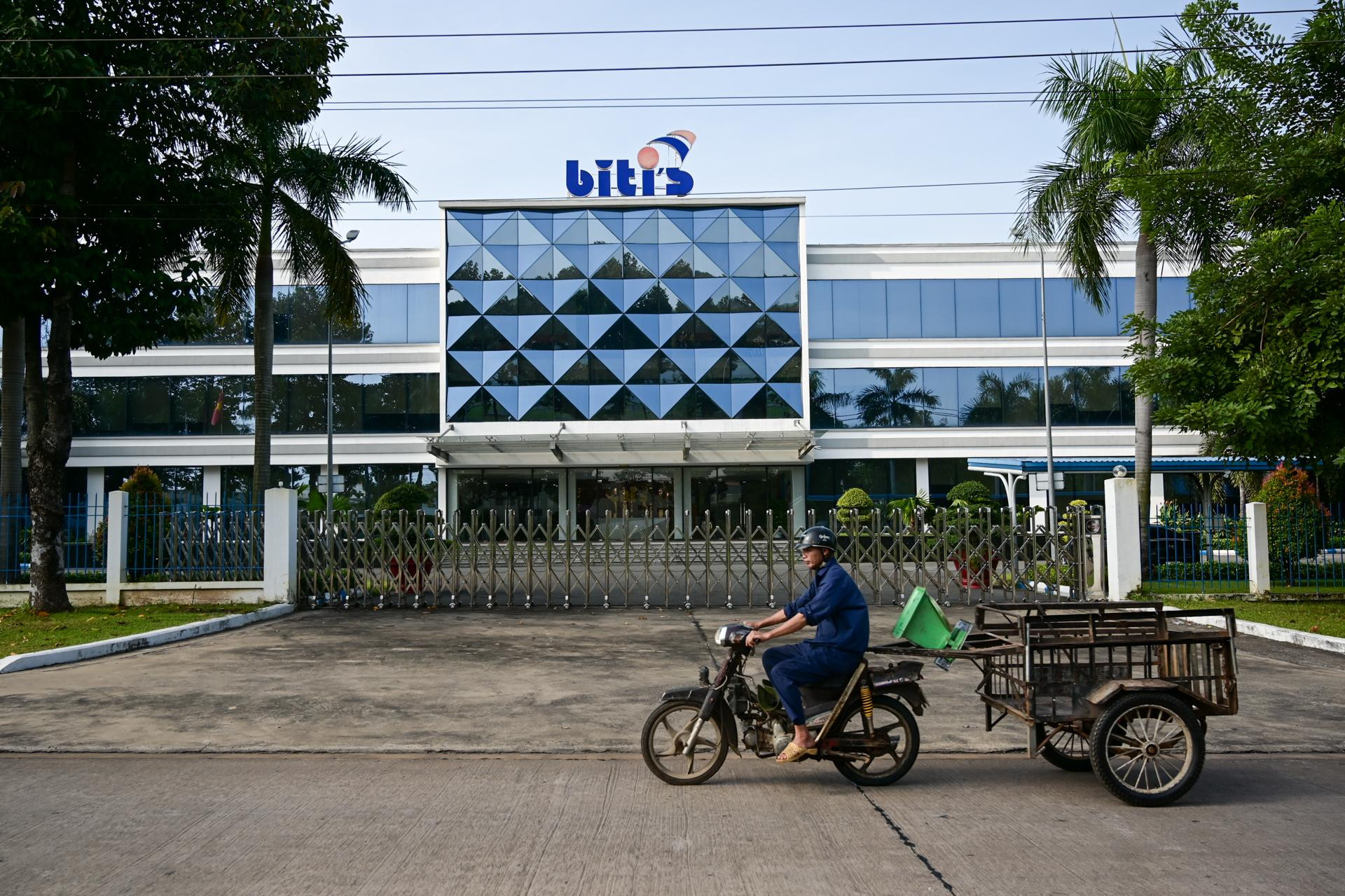
During the implementation process, about 18 enterprises in the industrial park participated in the assessment of cleaner production. There were 8 solutions proposed for application, estimated to save about 1.4 trillion VND/year; reduce greenhouse gas emissions by 552.9 tons of CO2/year; reduce wastewater generation by 4.8 thousand m3/year.
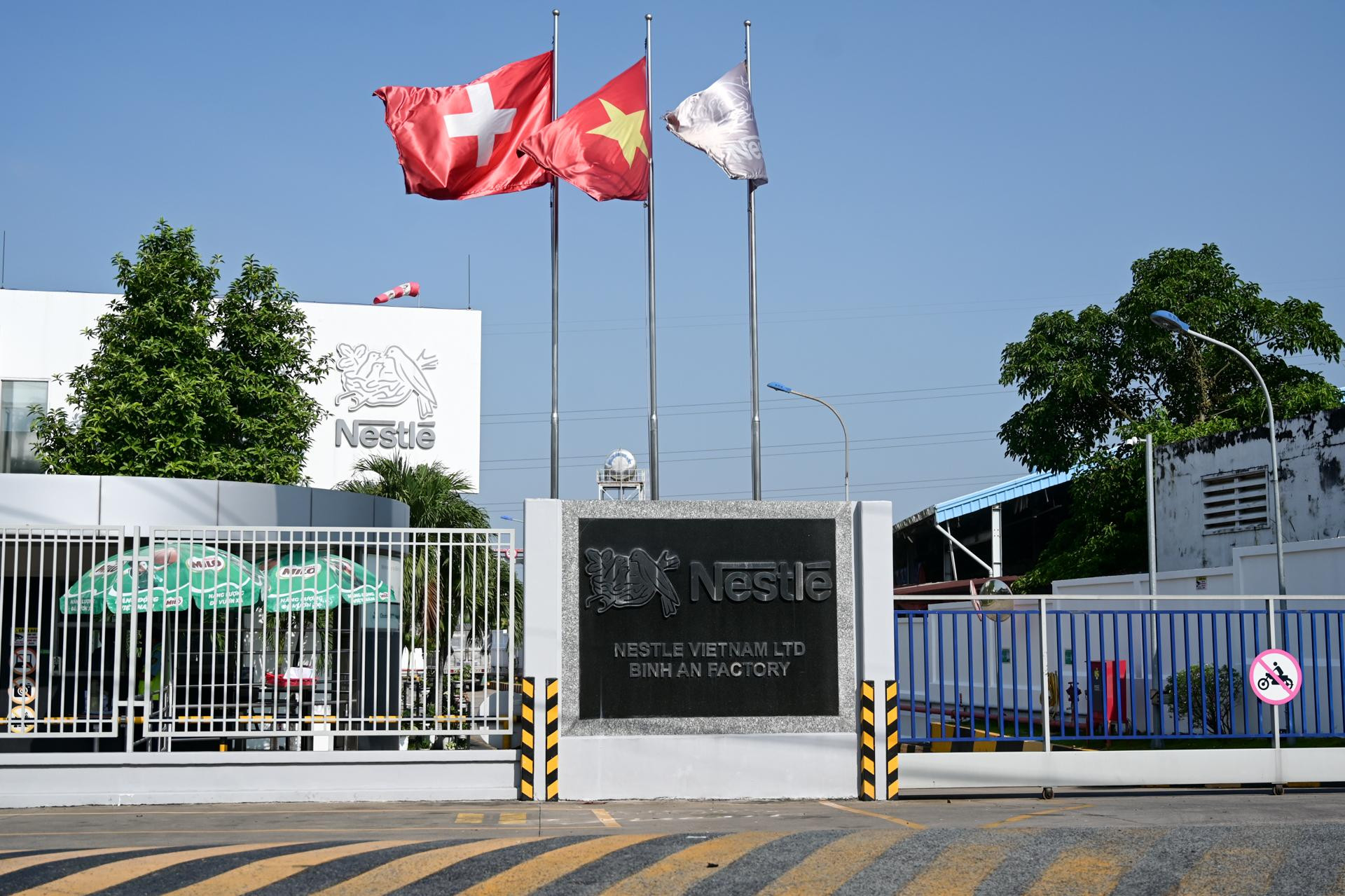
Amata Industrial Park (IP) with an area of 513 hectares was established in 1994 in Bien Hoa city, Dong Nai province. Currently, Amata IP has attracted 168 enterprises, including 152 FDI enterprises from 15 different countries around the world, creating jobs for more than 55,000 workers.
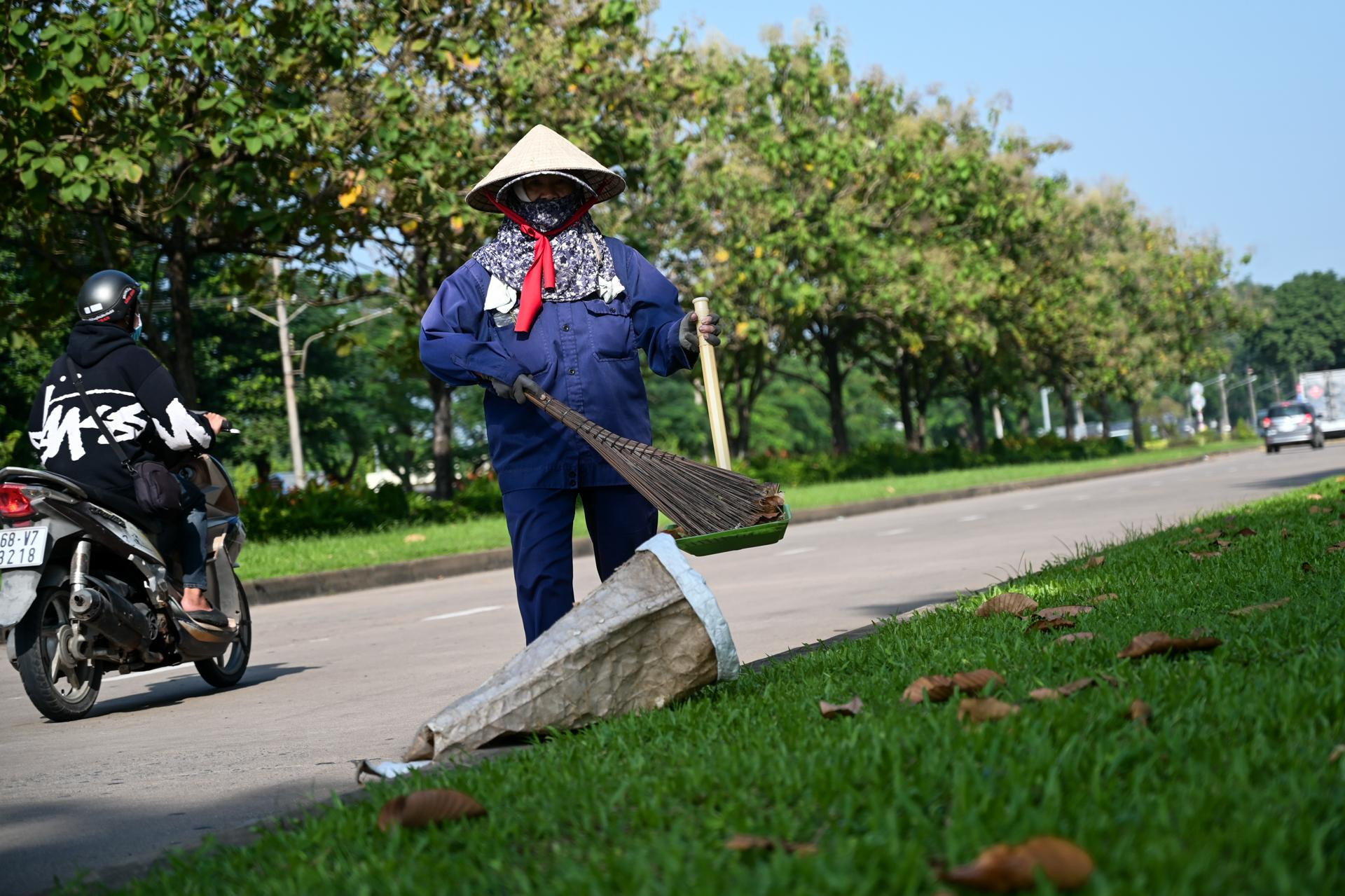
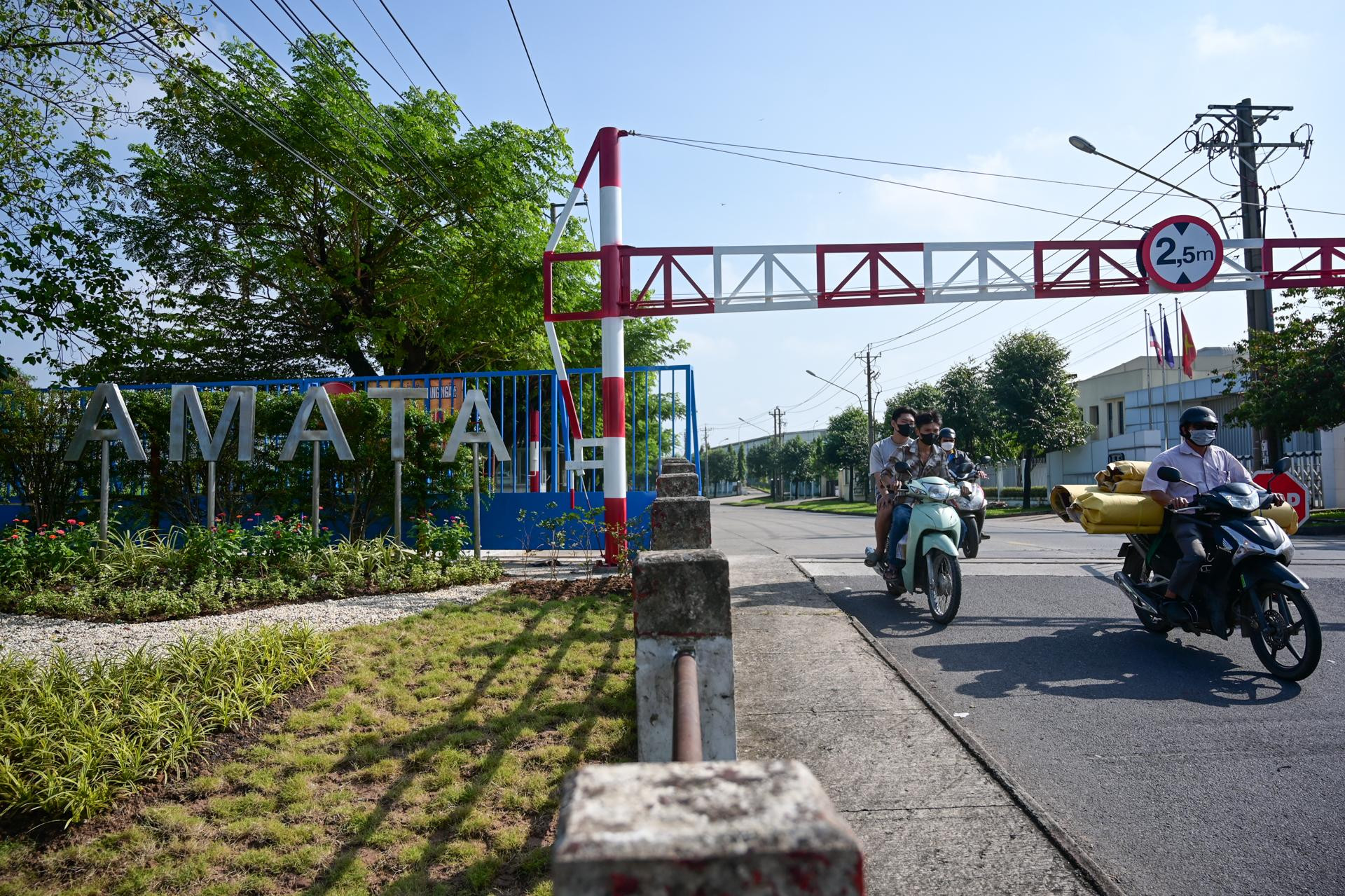
Dong Nai province aims to become the third largest economic region in the country by 2030. In the economic structure, industry and construction account for more than 58%. Because industry is still the mainstay of economic development, the province will focus on attracting projects with modern technology and high added value to industrial parks in the area.
Nguyen Hue
Source: https://vietnamnet.vn/dong-nai-sap-co-them-khu-cong-nghiep-sinh-thai-2343611.html




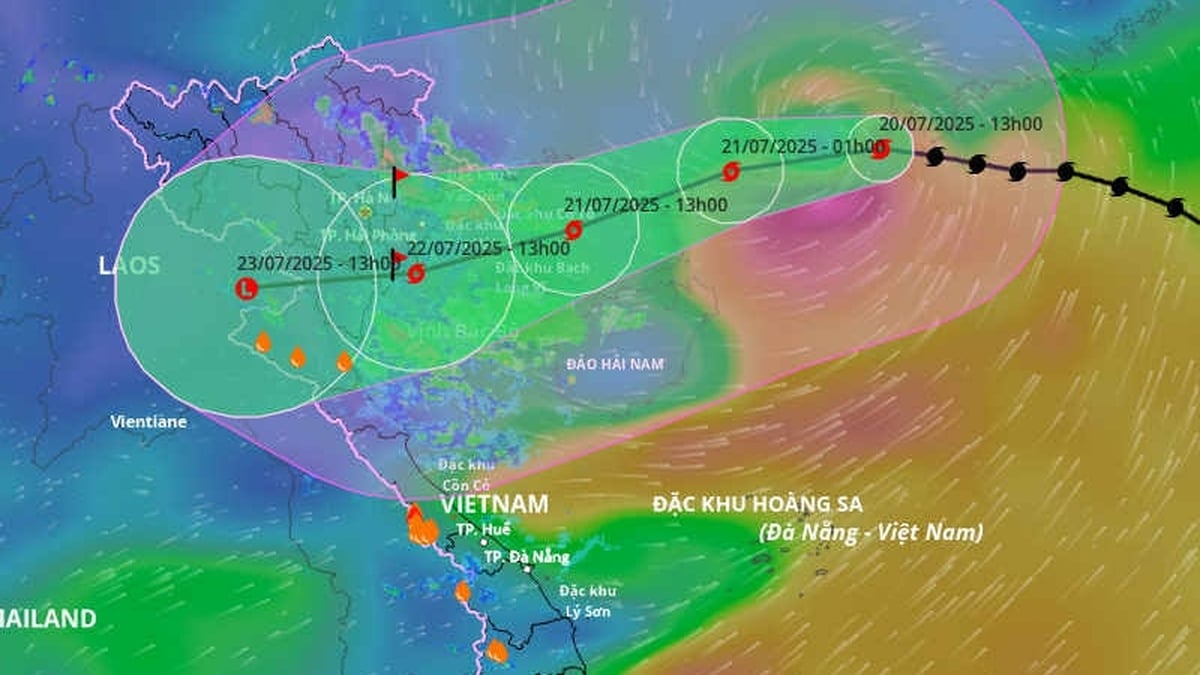

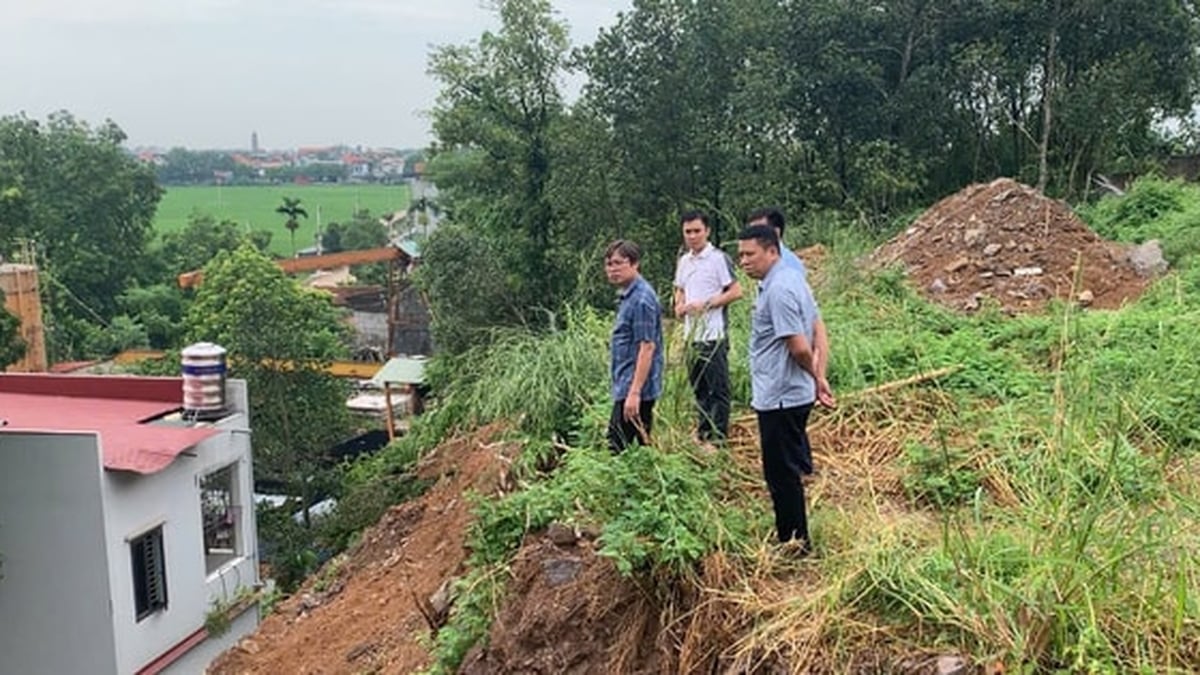
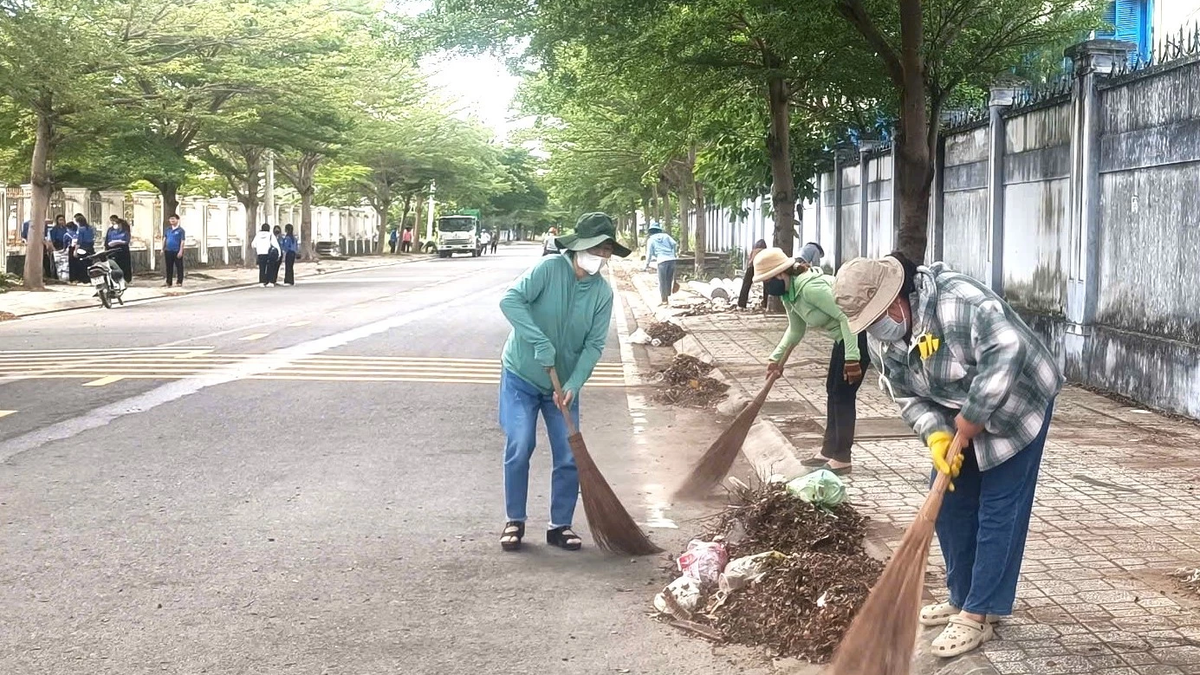


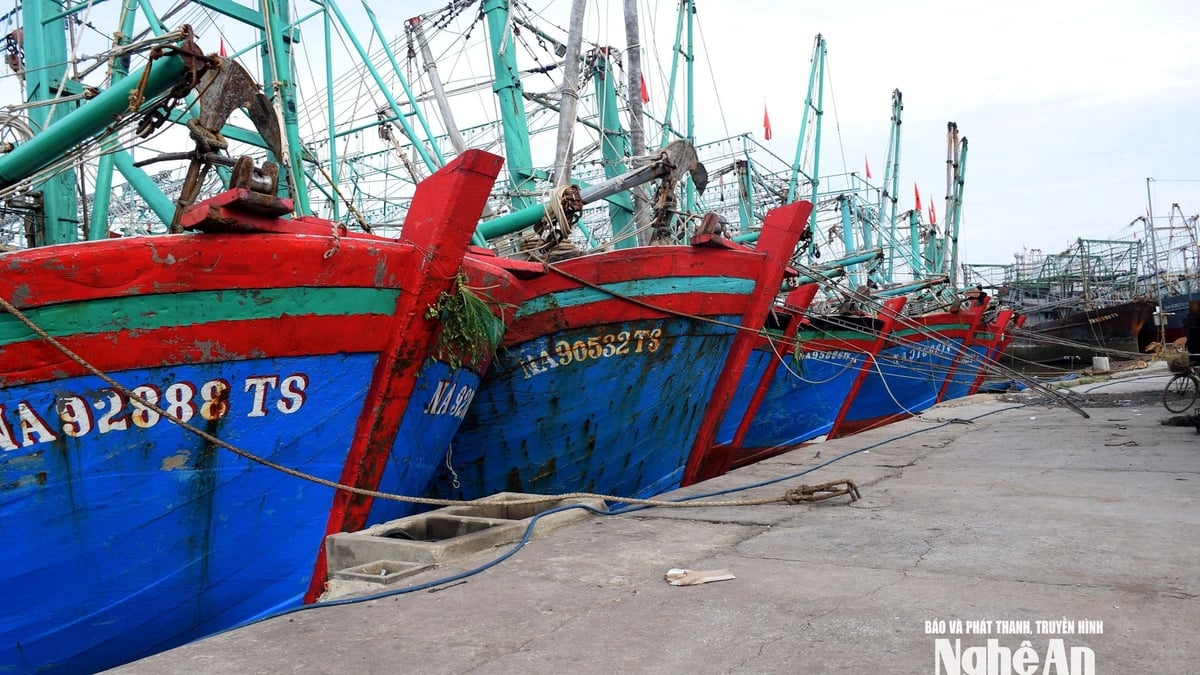
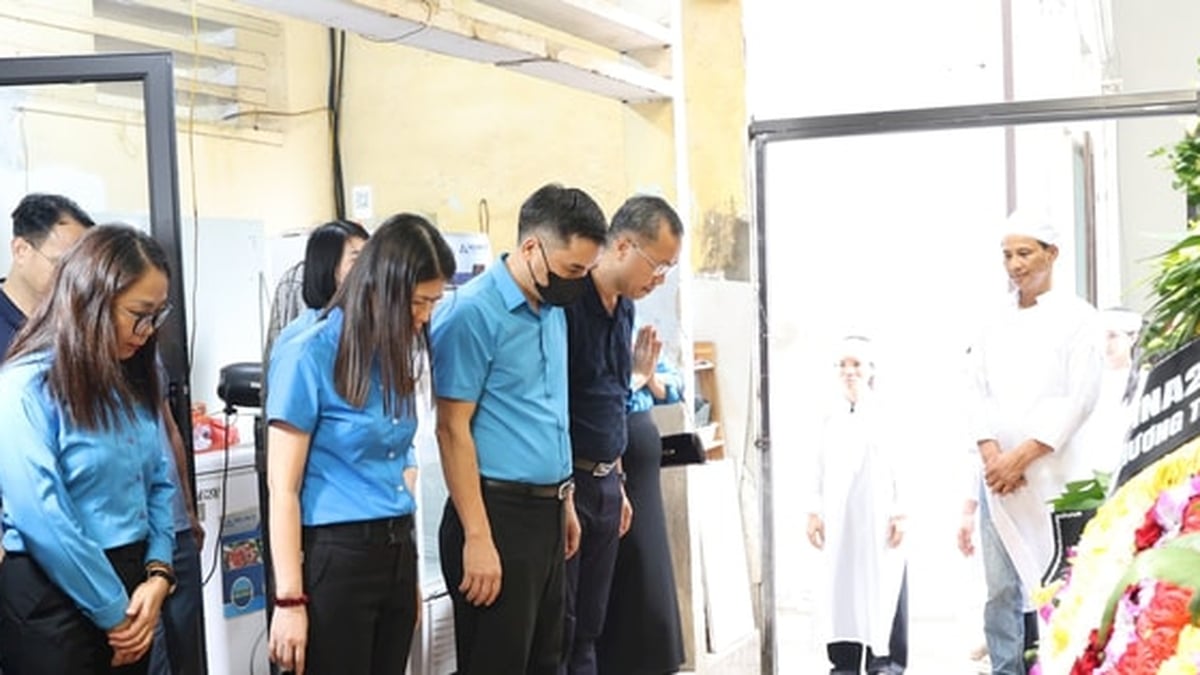












![[Photo] National Assembly Chairman Tran Thanh Man visits Vietnamese Heroic Mother Ta Thi Tran](https://vphoto.vietnam.vn/thumb/1200x675/vietnam/resource/IMAGE/2025/7/20/765c0bd057dd44ad83ab89fe0255b783)








































































Comment (0)